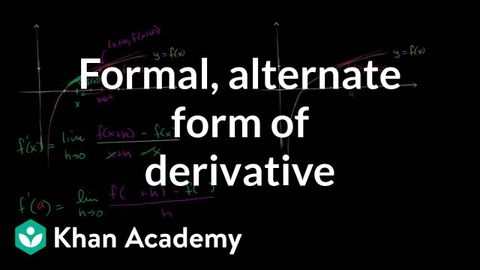
字幕と単語
Formal and alternate form of the derivative | Differential Calculus | Khan Academy
00
yukang920108 が 2022 年 07 月 12 日 に投稿保存
動画の中の単語
general
US /ˈdʒɛnərəl/
・
UK /'dʒenrəl/
- adj.一般的な;大まかな;広範囲に適用できる;総司令官の
- n. (c.)大将
- n. (c./u.)一般大衆;一般的な研究分野
A1 初級TOEIC
もっと見る エネルギーを使用
すべての単語を解除
発音・解説・フィルター機能を解除
